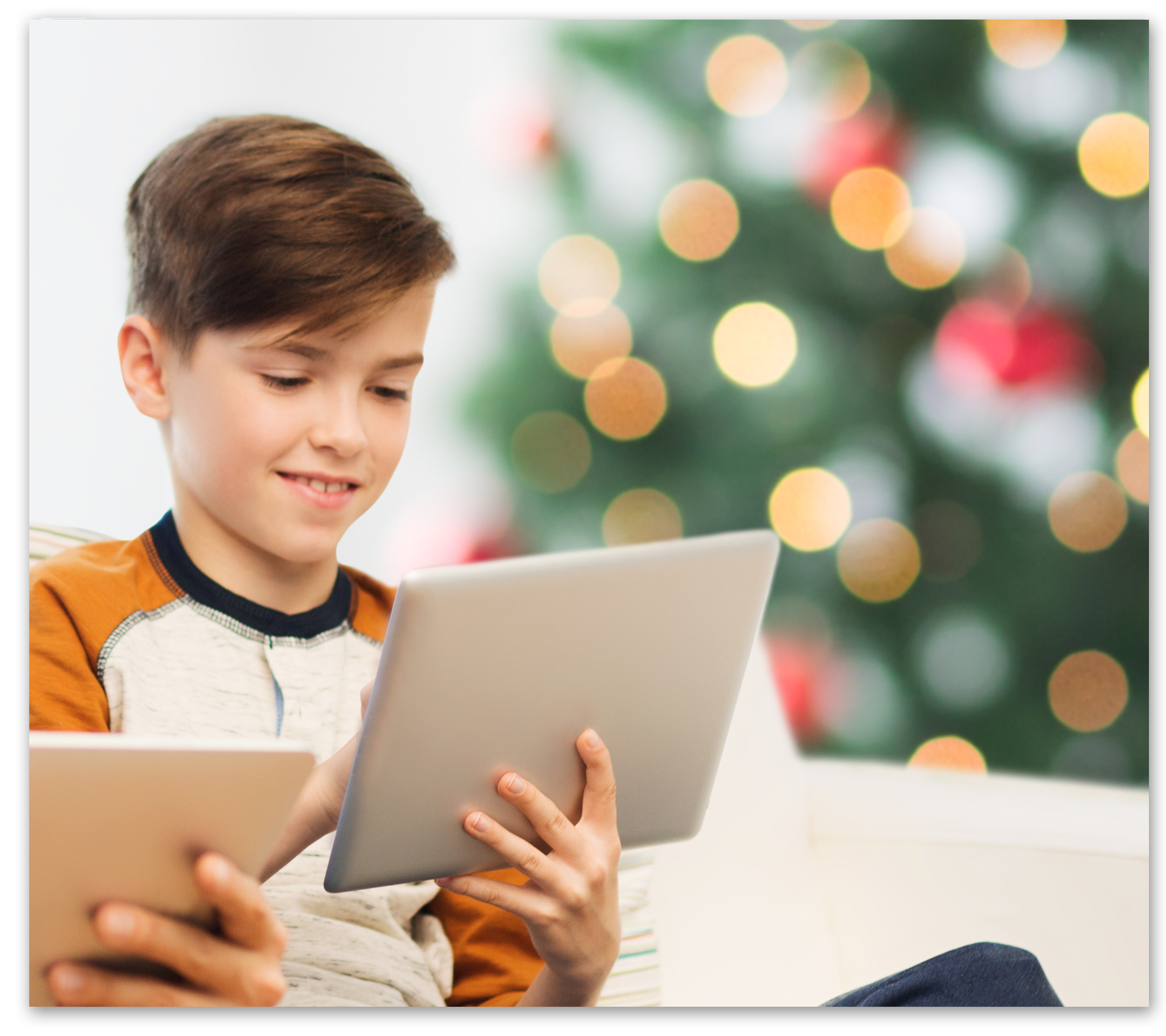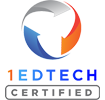The 5 Gifts of Hybrid Learning
by Stacey Gonzales
During the pandemic, hybrid learning quickly became one of the more popular models schools and districts turned to. Although the model can look different across schools, and has taken on a few other names (such as “concurrent classroom” and “flexible learning”), hybrid learning essentially occurs when some students learn at home and online while other students remain at school and in the classroom. The model didn’t work well for some learners and families, but many students thrived with this new learning option.
For this reason, lots of schools and districts are opting to maintain the model as they return to more traditional in-person learning. They are keying in on the five gifts hybrid learning has to offer.
Gift #1: Hybrid learning places the student at the center of the learning process.
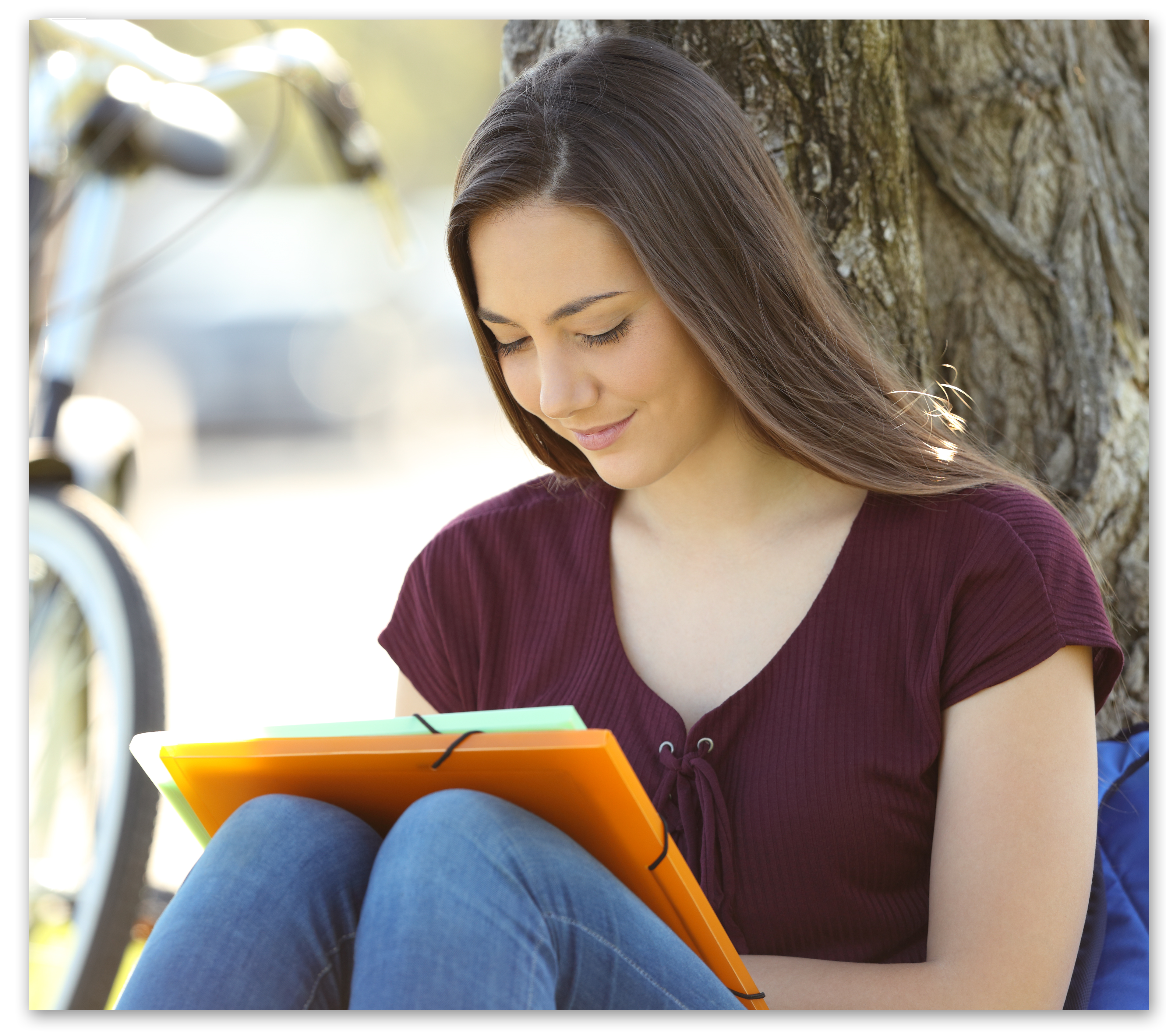
Hybrid learning, like any other model, is not necessarily “good” or “bad” on its own. It is simply an instructional delivery model allowing students to direct more of their own learning—which means students are placed at the center of the learning process.
Like student-centered learning, a hybrid model carefully considers how students learn, their ability levels, interests, and situations which may impact their understanding of content. Teachers can use both traditional and online learning resources and lesson delivery methods, allowing them to more easily design and personalize instruction and increase overall student support.
Gift #2: Hybrid learning supports greater student agency.
While not all hybrid learning models are the same, the general structure includes a combination of online and in-person learning. This combination
gives students greater autonomy in that they can choose how and when they’d like to receive support, such as during virtual office hours or in-person during class time. For example, students who excel at English Language arts may opt to remain at home to study; while those who need extra support in a science class may choose to attend in person. This element of choice allows students to practice goal setting and self evaluation.
Students can also seek out additional opportunities for collaboration with their peers for subjects they’re passionate about—especially since hybrid learning allows for more project-based learning. This student agency will prepare students for their postsecondary experiences as 77% of businesses will continue with a hybrid working model in response to employee needs.
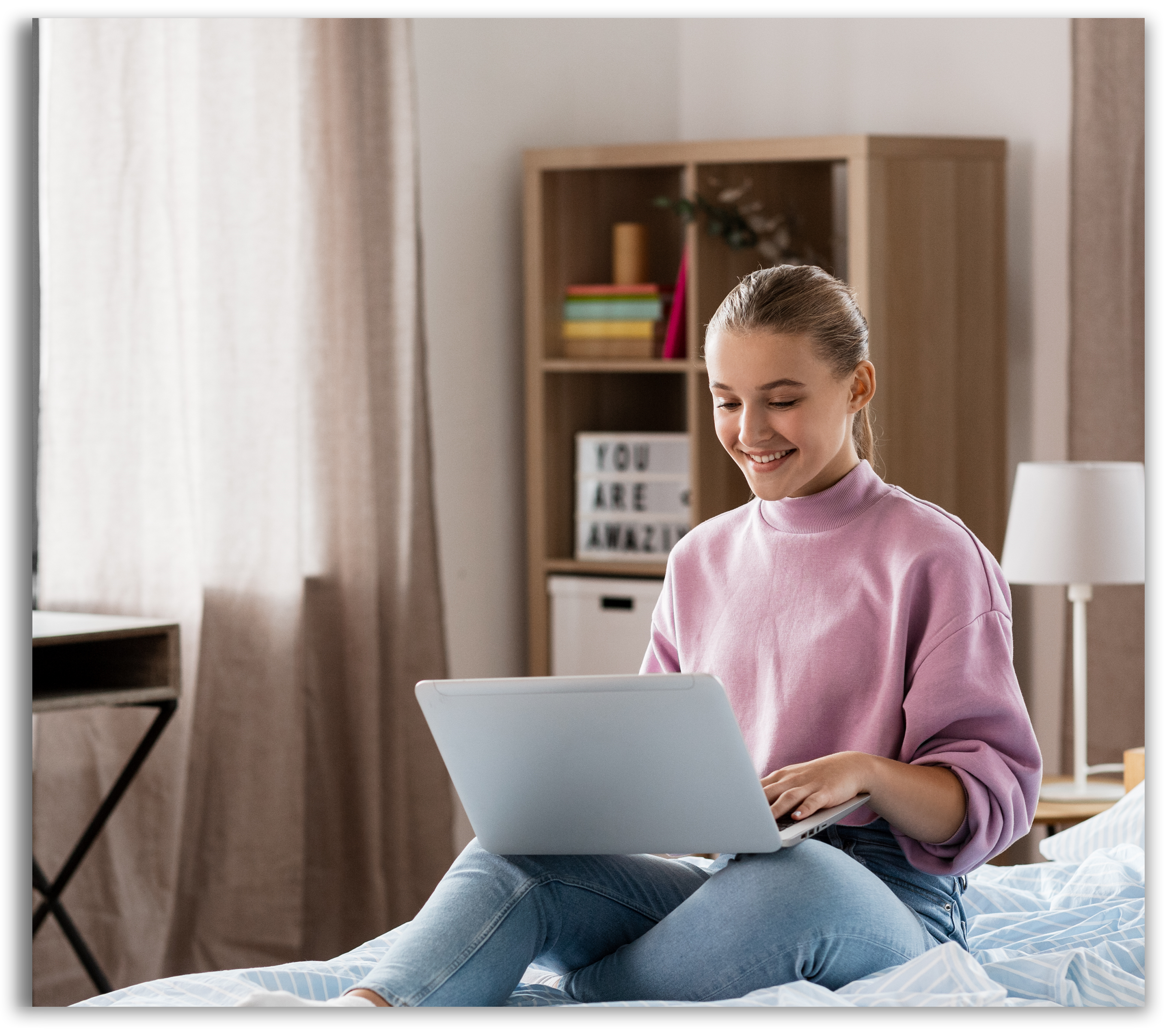 Gift #3: Hybrid learning provides opportunities to focus on SEL.
Gift #3: Hybrid learning provides opportunities to focus on SEL.
There is no doubt that the global pandemic has been trauma-inducing for many, if not all of us. Providing emotional supports and social connections is paramount to healing and creating cultures of safety in our classrooms. Designing opportunities for students to develop self awareness, self-regulation, and empathy are crucial as a foundation to learning. Hybrid learning is the perfect way to teach students how to strengthen their SEL muscles. For example, during in-person learning, the teacher has smaller class sizes and can have authentic in-person time to connect with the teacher and peers.
Additionally, the teacher can use an online tool like StrongMind to help students develop these skills and track progress. The teacher can model SEL activities both online and in-person that students can then utilize on their own. Allowing students time to explore and practice these skills both at home and in the classroom their SEL brings great value to the student both now and in the future.
Gift #4: Hybrid learning increases key communication skills.
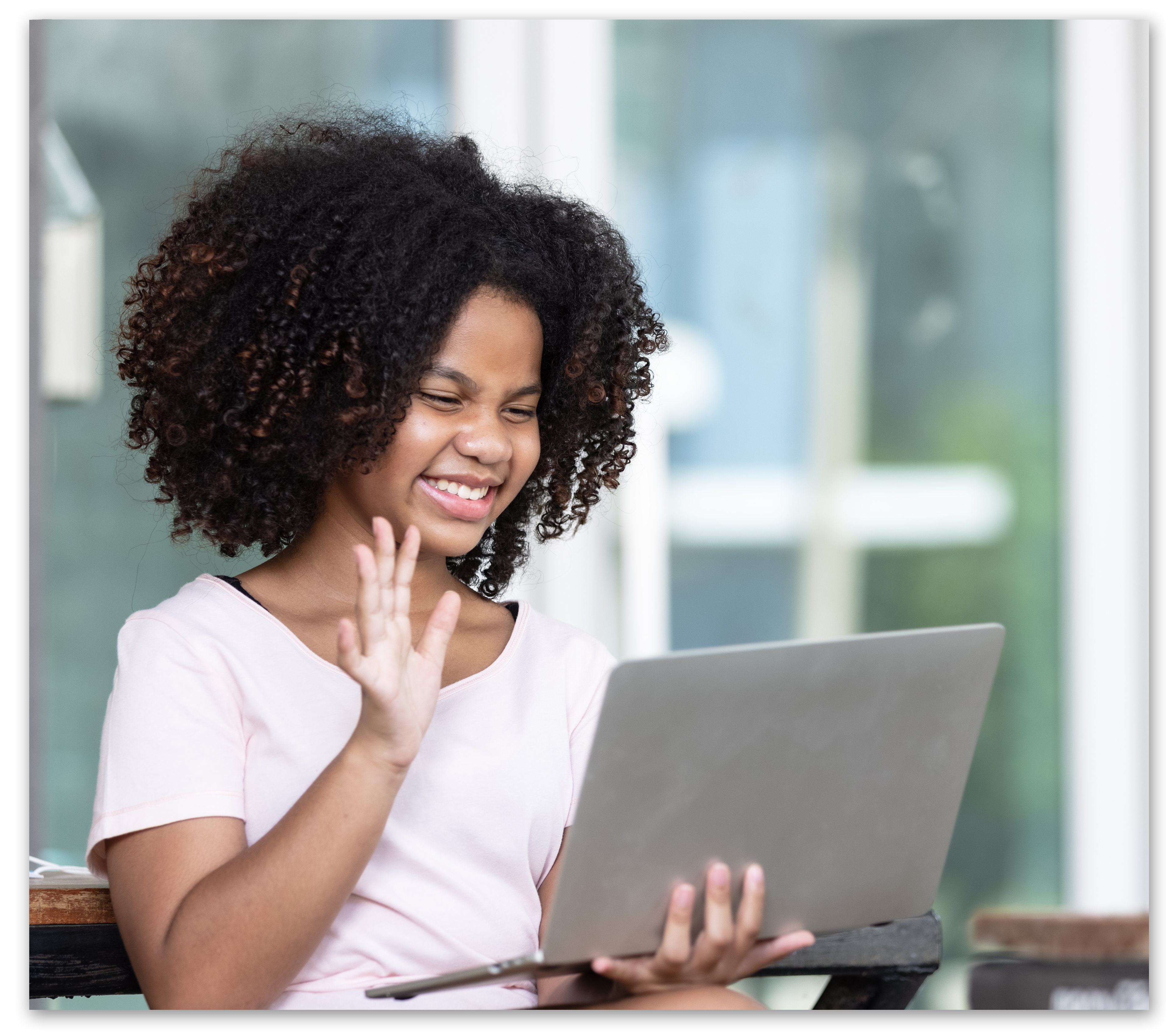 With the shift to hybrid, many teachers began creating entirely new lessons and using new technology. As with any new design or creation, there will always be “glitches” or unanticipated outcomes when delivering that lesson to a group of students for the first time. A recent study explains that different generations don’t lack communication skills, they simply communicate differently. When teachers are creating and designing new lessons with new technologies, a symbiotic relationship must occur between teachers and students. Student feedback on the learning design is more critical than ever, and they must take a proactive approach when communicating with teachers about what is working and what isn’t. Opening up these communication channels between students and teachers brings a greater sense of partnership and shifts the responsibility of learning onto all learners, not just the students.
With the shift to hybrid, many teachers began creating entirely new lessons and using new technology. As with any new design or creation, there will always be “glitches” or unanticipated outcomes when delivering that lesson to a group of students for the first time. A recent study explains that different generations don’t lack communication skills, they simply communicate differently. When teachers are creating and designing new lessons with new technologies, a symbiotic relationship must occur between teachers and students. Student feedback on the learning design is more critical than ever, and they must take a proactive approach when communicating with teachers about what is working and what isn’t. Opening up these communication channels between students and teachers brings a greater sense of partnership and shifts the responsibility of learning onto all learners, not just the students.
Gift#5: Hybrid learning builds a deeper understanding of learning.
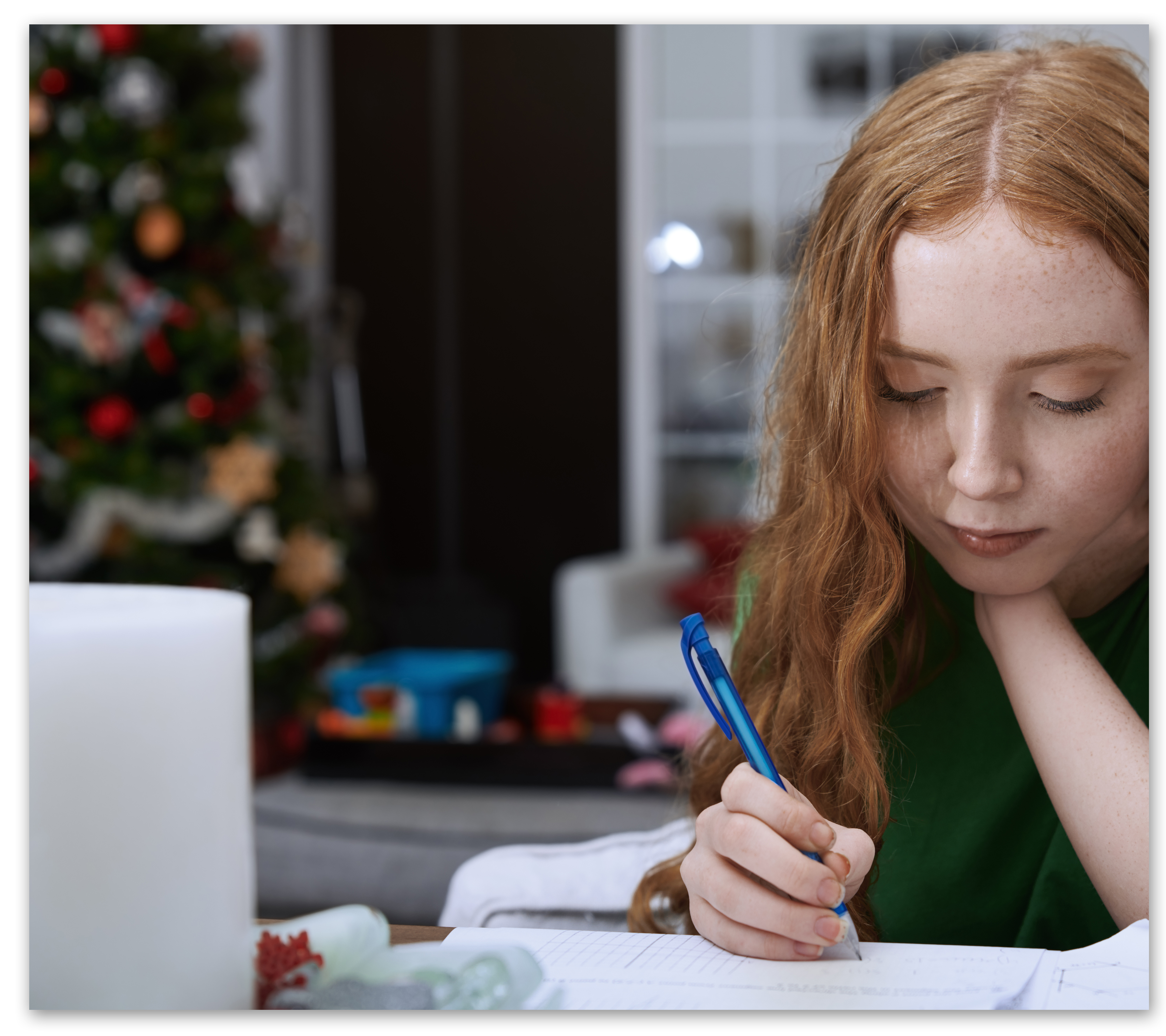
There are numerous factors which contribute to “learning” in any context. When thinking about formal education in schools, attempting to “hold down” learning is like trying to catch a slippery wet dog. You might get it eventually, but you’ll be all wet by the time it’s done. This is how it feels for teachers as they design new lessons and students as they learn in new ways. At first, learners don’t feel very confident. A hybrid model allows teachers to simultaneously design multiple levels of complexity where students can explore and build their own new methods to understand and explore the ways they learn and grow best. This is the hope for every educator—that students learn how to learn.
As technology rapidly evolves, so are the ways we design learning activities and create learning environments. Talented educators around the globe ran a massive experiment and our young learners will be ready in 10 years for radical new models of work. Formal learning experiences are happening all around us, anytime, anywhere. Teachers have been broadcast on living room TVs. Parents and students have worked, attended classes, and played together. Most of our students will leave our high schools ready to engage in this type of flexible learning making the alterations they find useful. While you may or may not like hybrid learning, we will undoubtedly see its impact on culture and in our public schools.
About the Author
 Dr. Stacey Gonzales is an educator, leader, and innovator. She is the owner of SG Creative Connections whose mission is dedicated to designing and fostering greater social connections and emotional supports in both face-to-face and online environments. She has dedicated her career to inspiring others as an enthusiastic, curious, thought-leader in the field of education. She values developing authentic personal and professional relationships built on a strong foundation of trust. She is the former Director of Curriculum & Instruction at Consolidated High School District 230, an award-winning three high school district in the south suburbs of Chicago. Prior to this role, she served as Director of Innovation for Indian Prairie School District 204, the 4th largest K-12 school district in Illinois. She strives daily to inspire, motivate, and engage leadership teams to ensure all students are well-prepared for their post-secondary experiences. Dr. Gonzales has received awards and recognition for her ability to leverage technology to create meaningful connections. She presents nationally and locally on innovation, leadership, and learning.
Dr. Stacey Gonzales is an educator, leader, and innovator. She is the owner of SG Creative Connections whose mission is dedicated to designing and fostering greater social connections and emotional supports in both face-to-face and online environments. She has dedicated her career to inspiring others as an enthusiastic, curious, thought-leader in the field of education. She values developing authentic personal and professional relationships built on a strong foundation of trust. She is the former Director of Curriculum & Instruction at Consolidated High School District 230, an award-winning three high school district in the south suburbs of Chicago. Prior to this role, she served as Director of Innovation for Indian Prairie School District 204, the 4th largest K-12 school district in Illinois. She strives daily to inspire, motivate, and engage leadership teams to ensure all students are well-prepared for their post-secondary experiences. Dr. Gonzales has received awards and recognition for her ability to leverage technology to create meaningful connections. She presents nationally and locally on innovation, leadership, and learning.

